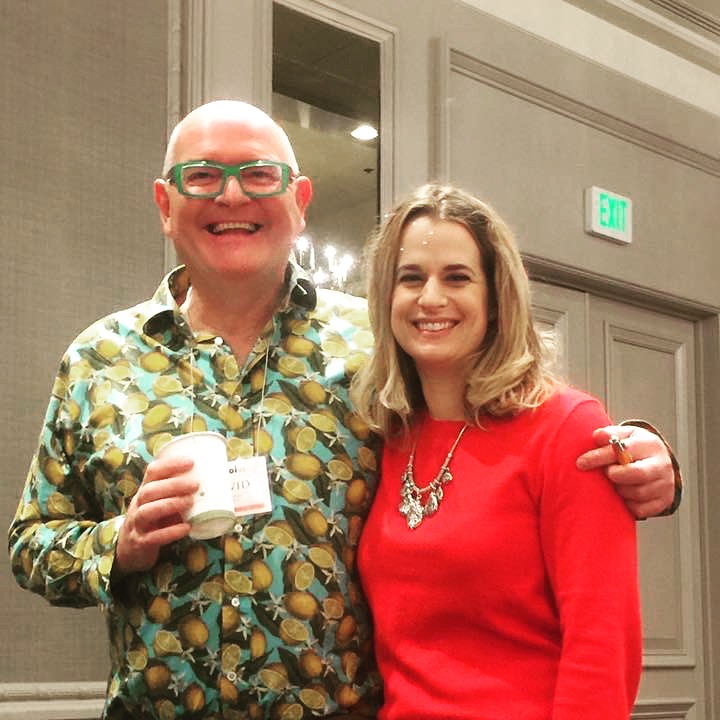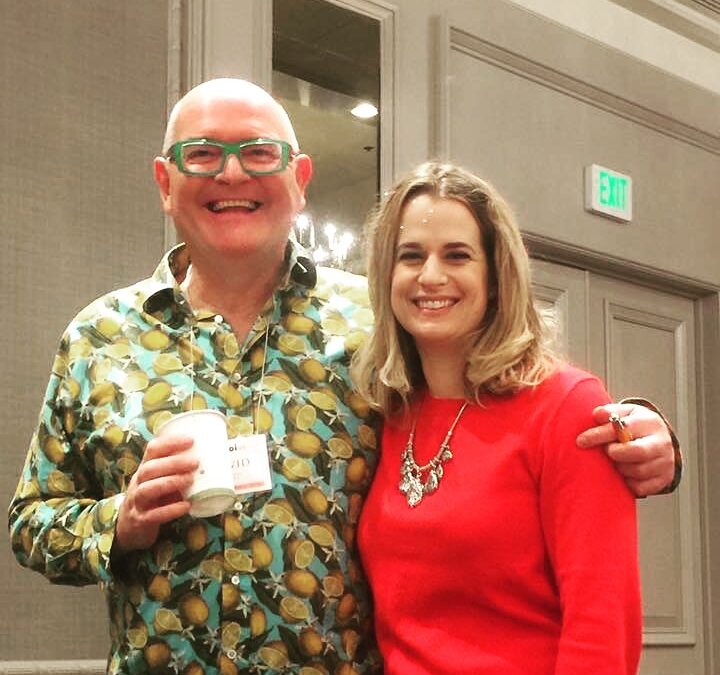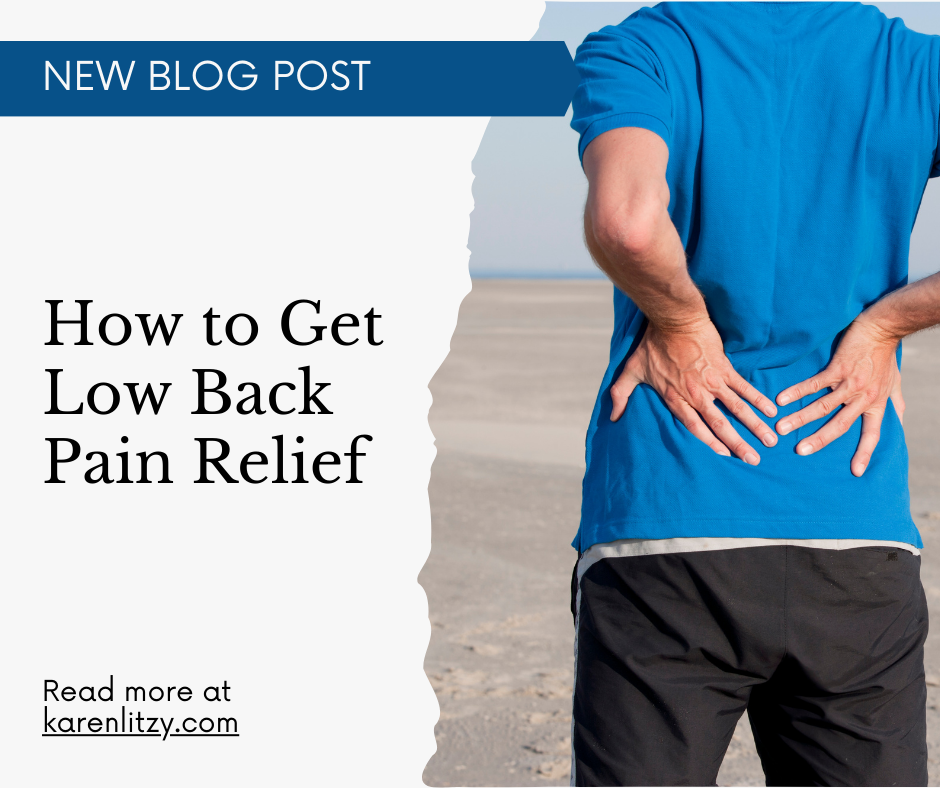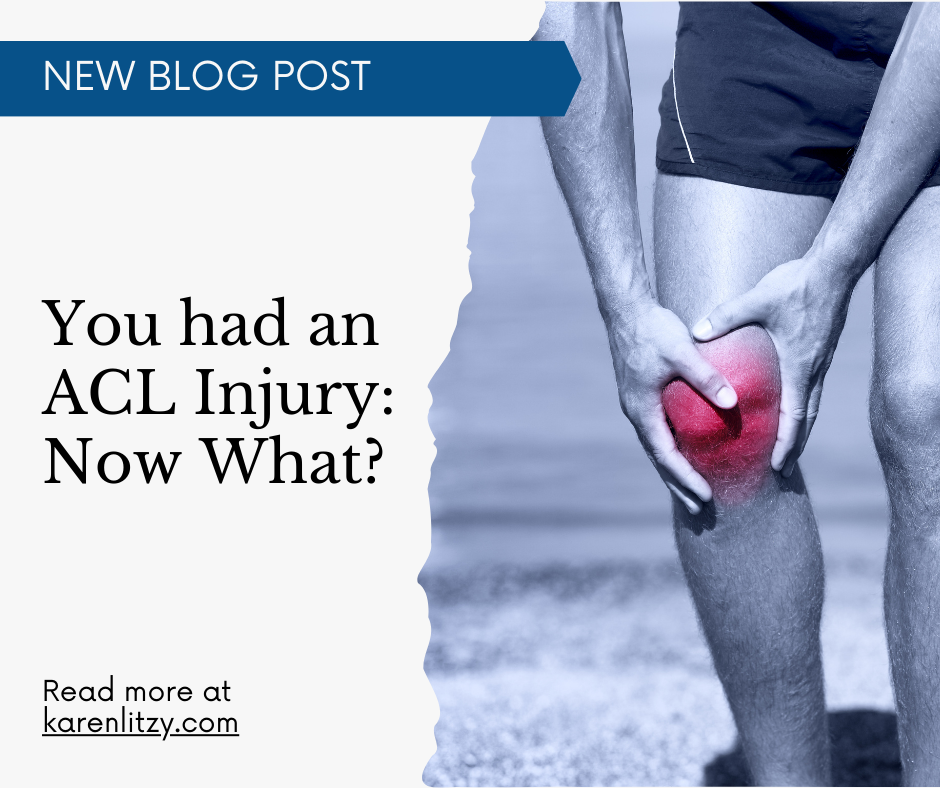
If you missed part one, two, or three be sure to check them out as this is a continuing story. Now on to part four!
At this point I was really identifying as being a person with neck pain.
All of my Christmas and birthday presents during this time were things that related to my neck. Well meaning gifts like:
-
Heating pads
-
Special Pillows (thousands of dollars on pillows)
-
Rolling suitcases (so I didn’t have to carry anything)
-
Massage devices
Around this time I realized I had stopped doing a lot of activities because I thought it would hurt my neck. In the physical therapy or medical world we call this fear avoidance. As defined by IASP:
Fear of pain leads to avoidance of activities (physical, social, and professional) that patients associate with the occurrence or exacerbation of pain, even after they may have physically recovered. Whereas this response is adaptive in the acute phase—rest promotes recovery—it leads to disability and distress when avoidance behavior is continued after the injury has healed.
Some of my fear avoidance behaviors included:
-
Carrying things heavier than just a few pounds
-
Lifting things over my head.
-
Running
-
Group exercise classes.
Things I really loved doing prior to the pain. I was completely avoiding anything I thought would increase pain because I thought I was damaging myself and would make the pain worse.
I was officially one of the 21% of Americans living with persisting pain.
So I grinned and bared it on those days when my pain would easily rival my patients’ pain. In hindsight, the physicality of being able to perform those movements was completely at odds with the view that I had of myself and of my neck as being damaged and fragile.
Sleeping was a big deal at this time.
I was filled with anxiety and fear that I was going to “move wrong” in bed and the pain was going to be exacerbated 10 fold. As a result I didn’t sleep well…at all! I would roll over in bed, feel a pop in my neck then have the sensation of warm liquid rolling down my neck and spreading across my upper back and shoulders. Then extreme pain would follow. Sometimes I would have to take a day off work, cancel plans with friends because I simply couldn’t move.
For those if us living with persisting pain this lack of sleep is not unusual. According to the National Sleep Foundation, on average those living with pain sleep 42 minutes less per night. This lack of sleep can increase stress, which can increase cortisol levels, which can increase inflammatory markers, which can increase pain. It is a negative feedback loop that can affect every aspect of your life.
I got so worried about sleep that I made myself a device that held my head in one position so that the “pop” wouldn’t happen overnight and start a flare up of the pain. And it worked! I had to take this thing with me wherever I went – it was like my safety blanket. I used this device for years…..even after the everyday pain was gone.
I was in my 30s and felt like my life was on hold.
Many of my friends were getting married and having kids and I felt like I couldn’t have any of that because I would be such a burden to a partner. Because why would someone want to be with me when I couldn’t get out of bed some days? Couldn’t physically do a lot of things other people could do without issue? Why would they choose me when they could be with someone who did come with all of this pain baggage?
Seven years into this pain, a friend of mine suggested that I go to Washington DC to an education event for physical therapists where this Australian physiotherapist, David Butler was speaking. She thought that I might like his work. In the meantime I started to read everything that he had written, including Explain Pain. It made a bit of sense to me – I hadn’t considered pain in that context before as I had a very biomedical approach to pain.
As I sat in the audience and listened I had tears rolling down my face because everything that he said was everything that I had been experiencing. It was my first exposure to pain as being more than mechanical. There are thoughts, beliefs and past experiences that all contribute to your understanding of pain and how you feel pain in your body.
It was so much more than movement = pain or tissue damage = pain or pain means I am damaged goods.
Everything that he was saying was my life. I went up to speak with him afterwards and asked if he would like to be a guest on my podcast and…. he said yes! I was able to speak with him for two hours and part of it was him talking with me about my own pain.
For the 1st time I felt like someone was really listening!
He asked me in that interview what I did for exercise and I told him that I wasn’t really doing anything. He asked me why not and I said because I was worried it was going to hurt my neck. He asked me what about running was actually going to hurt my neck. I couldn’t really answer him because I guess I knew that running wasn’t something that would physically damage my neck. This was the start of a change of mindset around pain that would eventually change my life.
I was finally starting to make sense of my pain.
He gave me some homework to do which was consisted of reading more about the neuroscience behind pain and graded exposure to activity and exercise. He would have me to walk to the grocery store and get a bag of chips and a loaf of bread and carry it home. Then each time I went I had to get a few more things to put in the bag. This was my graded exposure to activity.
This went on for a few months and I started to realize that I could carry things and that my neck was OK.
Then he encouraged me to go to the gym and do just a few exercises each time. Eventually building on those exercises to taking fitness classes and running again. Just like with the groceries I was able to do all of this and it did not hurt the neck! This was a revelation! My fear avoidance behaviors were influencing my decisions for so long it was amazing to watch those fears around movement and pain fall away. Studies have shown that fear avoidance behaviors can increase and prolong pain experiences. My pain levels had decreased by at least half in only a few short months.
I started having some mornings where I would wake up pain free.
Chronic pain can be very lonely. It can have a shame-based quality. – Jennifer Grey
If you are suffering with chronic pain and you can relate to my journey please do not hesitate to reach out to Kenny or myself. We are trained to help those living with chronic pain and are here to listen to your story and partner with you to guide you along the way.



